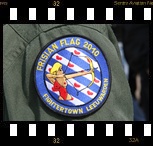
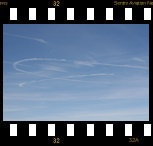
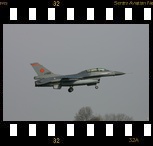
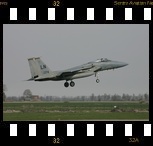
History
The Frisian Flag exercise started in the early 1990’s and the format changed and increased every year a bit until in 1998 the massive involvement of foreign aircraft made it a “Flag” exercise. A low-budget, close-at-home, small version of a Red Flag (in the USA) or Maple Flag (in Canada) exercises. Throughout the years the number of participants and their origins varied. Swedish Gripens and Finnish F/A-18s participated in earlier editions, which could have up to 45 participating aircraft. On the other side, 8 USAFE F-15s and a Norwegian ECM Falcon were the only foreign participants in the 2009 version of Frisian Flag. One of the highlights in the history of Frisian Flag is the 1999 edition, whereby the US Navy participated with F-14s, F-18s and EA-6Bs from the USS Kennedy.
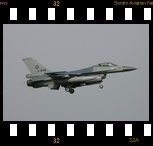
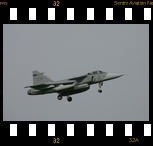
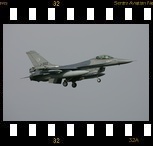
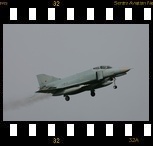
Objective
The objective of Frisian Flag is “To train Offensive and Defensive Counter Air roles in a realistic scenario, with emphasis on tactical decisions and the effective integration of all available asset and systems”. The Frisian Flag exercise is an exercise “by pilots and for pilots”, all pilots bring in their wishes and demands for the scenarios. There is no high-level command centre that defines and tasks the missions, all missions are ‘invented” and implemented at Leeuwarden by the participating pilots. The demands for the missions are gathered by the Frisian Flag staff and the specified missions are assigned to the daily mission commanders; whereby every pilot will have a role as mission commander once during the exercise once. During the exercise, 2 missions are flown every day, during daylight time only. And as the mission preparations take a lot of time, there are double aircrews present at Leeuwarden; when the morning missions are flown, the afternoon missions are prepared and briefed. With a total of 48 aircraft flying twice a day, 38 aircraft will fly in the “blue forces” during a mission, while 10 aircraft will fly in the opposing “red forces”. There are no predefined roles for the pilots, one day they fly defensive in the ‘blue forces’, the other day they can fly offensive missions in the ‘red forces’.
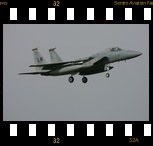

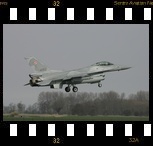
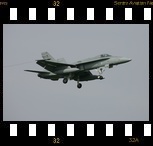
During Frisian Flag, several scenarios are trained, scenarios that are needed during future NRF deployments, real-world scenarios from the Afghanistan theatre and scenarios from other exercises like RedFlag in the USA and MapleFlag in Canada. After each mission a thorough debriefing takes place, whereby the ‘lessons learned’ will be incorporated into the future missions, There are no restrictions on the capacities and skills of the participating pilots, each country may decide on the skill level of the pilots and on their goals/objectives for the exercise.
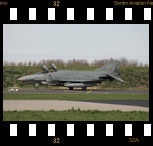
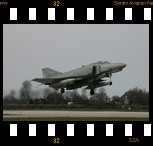
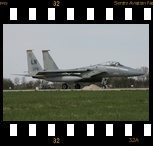
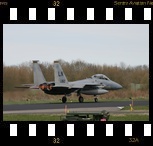
Area
Opposed to previous years, due to the fact that the Brilliant Ardent/Brilliant Mariner exercise took place in the Germany/Denmark area in the same two weeks, only the Dutch airspace above the North Sea was used during the exercise. Except for some low helicopter routes to oil-platforms at sea, an area of 200km by 150km was reserved exclusively for this exercise. From the Leeuwarden AB, the exercise could be witnessed clearly by the contrails further north. The recurring items of this exercise consisted of an “attack” on the northern part of the Netherlands, whereby the attacking aircraft came in from their staging areas in the most northern part of the Dutch airspace. The defending forces, like aircraft, vessels and missiles would try to defend the targets on the Dutch islands and mainland.
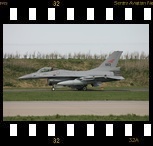
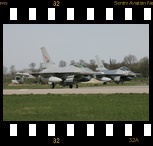

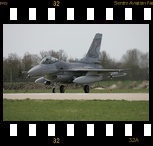
Patriot
Just as in 2009, the Dutch Patriot air defense rocket systems (Surface to Air Missiles) were involved in Frisian Flag. At Leeuwarden airbase, a missile unit, the phased-array-radar unit and a mobile command-post unit were located. Some 50km away (at the Marnewaard, a Dutch Forward Air Controller exercise area) a second missile unit was located. The Patriot missile units acted in 2 different roles during the exercise. During the first week the Patriot units of Groep Geleide Wapens (Group Guided Weapons, GGW) form airbase De Peel, supported the ‘blue air’ forces by providing secure airways and taking down opposing ‘red forces’. During the second week of the exercise, the Patriot units changed sides and cooperated with the ‘red forces’ to simulate SAM threats against the ‘blue forces’.
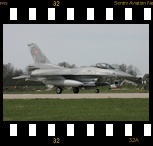

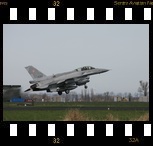
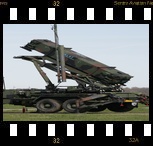
AOCS
Dutch fightercontrol is normally based at a static location in the Netherlands, at AOCS (Air Operations Control Station) in Nieuw-Milligen, a well protected bunker below ground-level, the Dutch fighters are controlled, (using callsigns ‘Bandbox’). During Frisian Flag, a mobile command-post was setup at Leeuwarden AB, providing fighter-control by 710 Control and Reporting Centre (CRC) Squadron. The callsign for this mobile station was ‘Highway’. This mobile commandpost did not use a mobile radrastation, the radar images were supplied by static radarstations in the Netherlands
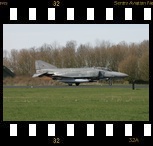
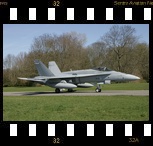
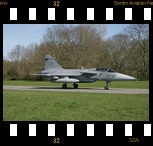
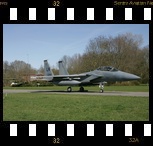
NDMC
The NDMC (National Datalink Management Cell), a common unit of the combined Dutch land-, air- en seaforces coordinated the LINK16 datastreams with a mobile unit at Leeuwarden AB. The NMDC is responsible for providing LINK16 datastreams during the exercise. LINK16 is a secured/encrypted dataprotocol to connect groundstations and aircraft during flight. The individual radar-images of the airborne fighters, the radar-images of an E-3A AWACS and the radar-images of the various goundstations (static radars, Patriot unit radars) will be gathered, combined and rebroadcasted to the participants in the air and on the ground. This combination of radar-images increases the ‘situational awareness’ for the pilots dramatically, as compared to the ‘old days’ when the pilots only had their own radar-images available in their cockpits. If needed, the pilots can have a 360 degrees view of the area, with information about ground and air threats, information about ground and air targets, information about friendly fighters and the targets they are aiming at.
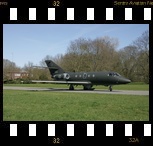
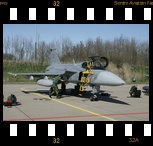
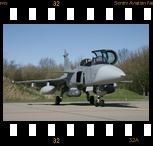

Goals achieved
Due to the volcanic ashcloud of the Icelandic volcano (Eyjafjallajökull), the Frisian Flag exercise was cancelled on the fourth day of the exercise. During the morning mission of Thursday, the mission was cancelled and all flying activities were stopped. As flying conditions were suspended until further notice, the pilots continued to prepare for their (possible) next missions, while the missions that were flown already were re-evaluated thoroughly. On Tuesday 20th, the risks of the volcanic ashcloud were diminished and most foreign aircraft returned home. The exercise continued at a much smaller scale for the Dutch pilots and the Dutch ground units (Patriot, AOCS, NDMC) The Finnish crews left Leeuwarden by road at the end of the first week, at the end of April they returned by road and flew their F-18s back home. Starting on Monday and ending already on Thursday morning during the 1st week, only 6 complete missions were flown, compared to the planned 18 missions. The goals of the exercise were not achieved, as the first days of an exercise are often used for familiarisation flights and (relatively) simple missions. The cancellation after only 3 days of flying resulted in an incomplete exercise without achieving the exercise goals. The weekend before the exercise started, a Polish Air Force Tupolev crashed near Smolensk, killing the Polish president Lech Kaczynski and high-ranking officers of the Polish armed forces. Despite a week of national mourning, the Polish F-16s participated in this exercise.
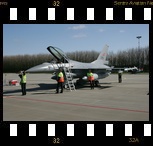
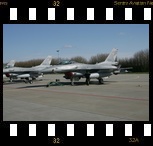
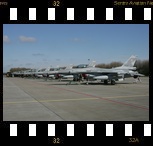
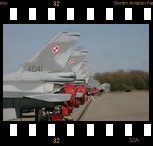
323 squadron
The Leeuwarden based 323 squadron TACTESS (TACtical Training, Evaluation and Standardisation Squadron) is part of the NATO Response Force (NRF) and they have the task to define, standardize and evaluate the procedures and tactics for the Dutch F-16 squadrons. In 2007, the 323 squadron passed their exam for the NRF force during 3 evaluation cycles at Eindhoven airbase. Besides the Frisian Flag exercise, the 323 squadron organises the FWIT (Fighter Weapons Instructor) course and the ATTIC course (Advanced Tactical and Technology Intelligence Course) at Leeuwarden AB.


 Back to top of page
Back to top of page Sentry home page.
Sentry home page.